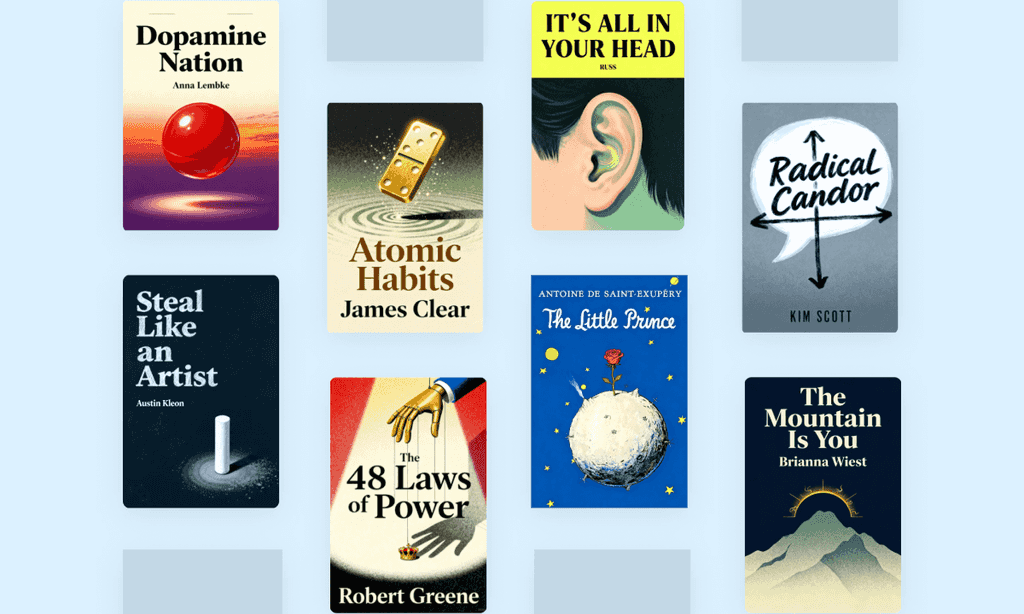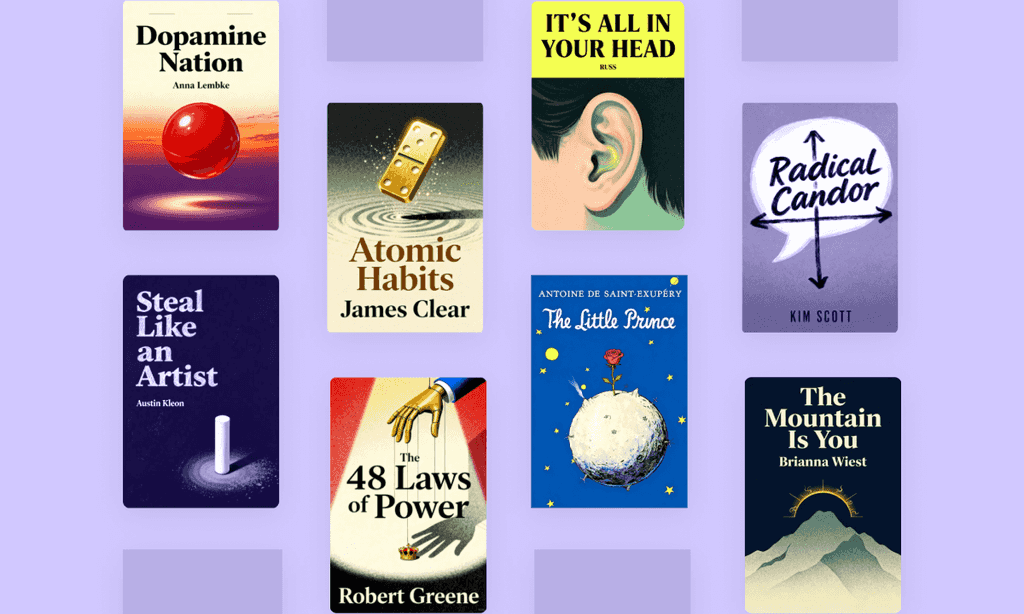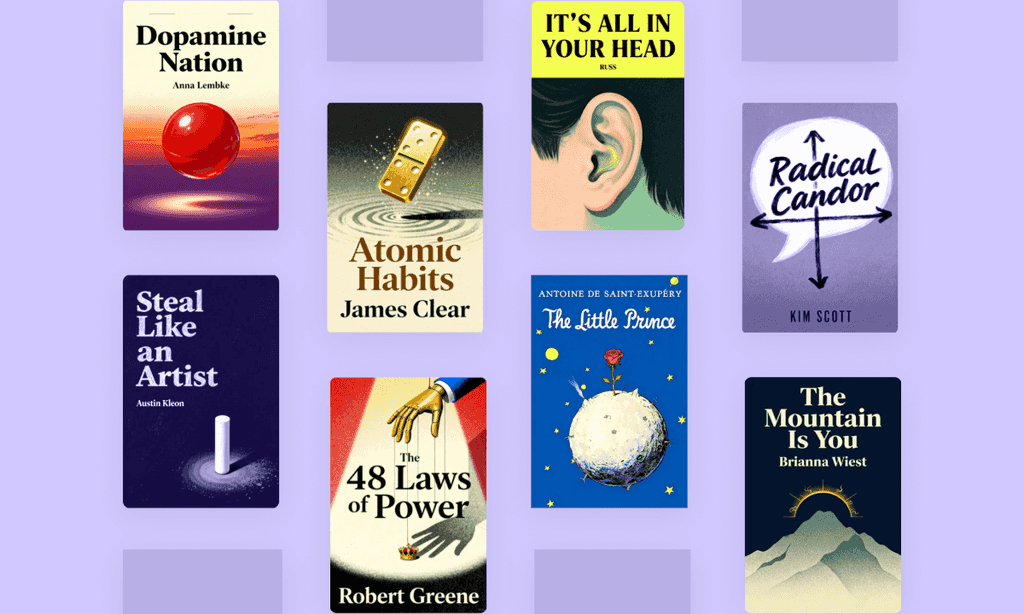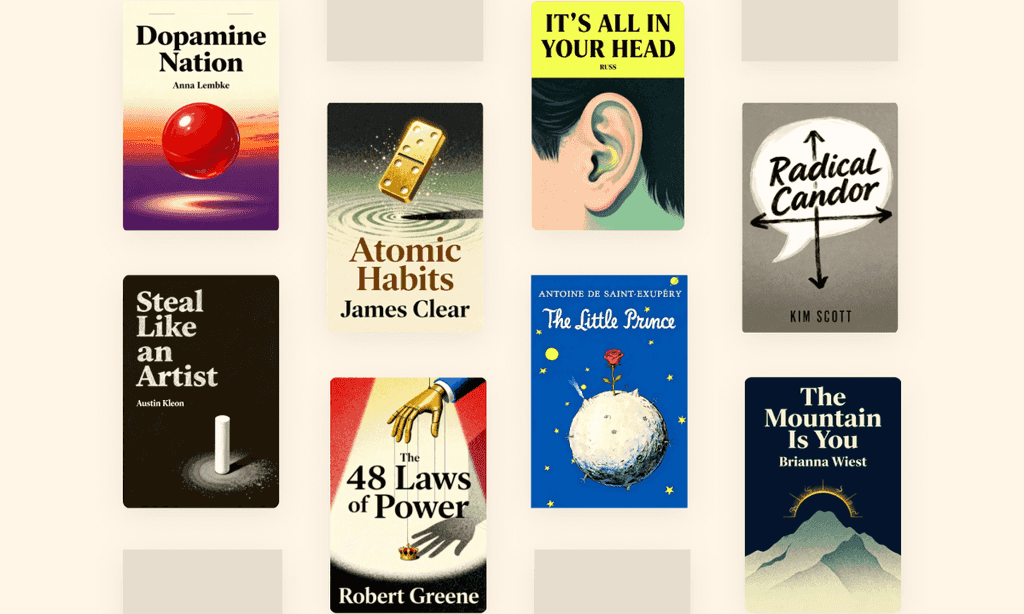
The Da Vinci Curse by Leonardo Lospennato Summary
Are you cursed with too many talents? "The Da Vinci Curse" reveals why multipotentialites struggle in a specialized world. Lospennato's framework - beloved by those experiencing midlife crises - transforms scattered brilliance into focused purpose. What if your diverse skills are actually your superpower?
About the author
Leonardo Lospennato, author of The Da Vinci Curse: Life Design for People With Too Many Interests and Talents, is a Renaissance-minded thinker, luthier, and multidisciplinary authority on multipotentialism.
Born in Buenos Aires in 1968 to an Italian-Argentine family, his engineering background at IBM evolved into a celebrated career crafting premium electric guitars and writing seminal guides like Electric Guitar Making & Marketing, a 320-page industry reference used by instrument makers worldwide.
Blending technical precision with artistic vision, Lospennato channels his experiences as a computer engineer-turned-master-luthier and magazine editor into exploring the modern tension between specialization and polymathic curiosity. His 2012 breakthrough work reframes multipotentialism not as a flaw but as a strategic advantage, offering frameworks embraced by HR professionals and creative entrepreneurs.
The book’s principles—born from Lospennato’s own journey through careers in tech, craftsmanship, and publishing—have made it a cult classic among TED Talk communities and lifelong learners navigating today’s hyper-specialized world.
FAQs About This Book
The Da Vinci Curse addresses the challenges faced by multipotentialites—individuals with diverse talents and interests who struggle to focus on a single career path. Leonardo Lospennato, a Renaissance-style polymath himself, provides frameworks like the BCG matrix adaptation and preselection method to help readers channel their varied skills into sustainable, fulfilling work. The book blends practical strategies with psychological insights to transform the "curse" of versatility into a professional asset.
This book is ideal for creative professionals, career changers, or anyone feeling paralyzed by too many interests. It’s particularly relevant for multipotentialites, entrepreneurs, and those in artistic fields seeking structure. HR professionals may also benefit from its insights on managing versatile talent. Lospennato’s advice bridges creativity and practicality, making it valuable for readers balancing passion with income.
Yes, if you identify as a "Da Vinci person" or feel stuck by competing passions. The book offers actionable tools like activity evaluation grids and mindset shifts to prioritize goals. While critics argue it oversimplifies systemic career barriers, its focus on self-assessment and purposeful specialization resonates with readers seeking clarity. Real-world examples, like transitioning from engineering to guitar-making, enhance its relatability.
Lospennato adapts the Boston Consulting Group matrix to evaluate activities based on financial viability and emotional reward. Activities are categorized as:
- Cows (profitable but unfulfilling)
- Dogs (low value)
- Stars (lucrative and meaningful)
- Question Marks (passionate but uncertain).
Readers prioritize "Stars" (e.g., public speaking) and nurture "Question Marks" (e.g., fiction writing) while minimizing time on others.
Preselection involves creating a dream list of all interests, then filtering them using three criteria:
- Excitement: Does the activity inspire you?
- Skill: Do you have existing or potential expertise?
- Income: Can it generate sustainable revenue?
This process separates realistic pursuits (e.g., copywriting) from fleeting fantasies (e.g., opening a café without hospitality skills).
The book advocates identifying a "Star" activity that merges passion with profit. For example, a painter might focus on landscape art (marketable) while exploring abstract pieces as a side project. Lospennato emphasizes hybrid careers, such as combining coding skills with creative writing, to sustain both financial stability and personal fulfillment.
Adequate fear is a constructive form of anxiety that prevents complacency without causing paralysis. It helps multipotentialites avoid procrastination and perfectionism by encouraging incremental progress. For instance, a writer might use this fear to publish drafts iteratively rather than delaying indefinitely.
Unlike broader guides on polymathy, Lospennato’s book focuses on practical business strategies, such as activity prioritization and income mapping. It’s less abstract than Emily Wapnick’s Refuse to Choose and more tactical, offering tools like the BCG matrix. The author’s own career shifts (engineer to luthier) ground the advice in real-world experience.
Some readers note the book oversimplifies career transitions, underestimating systemic barriers like financial constraints or industry biases. Others find the BCG matrix too rigid for highly creative fields. However, most praise its actionable steps for narrowing focus and its empathetic tone toward multipotentialites.
The frameworks help identify transferable skills and viable hybrid paths. For example, a teacher with graphic design skills might transition to educational content creation. By evaluating activities through the BCG lens, readers pinpoint roles that leverage multiple strengths while ensuring financial stability.
Leonardo Lospennato is a computer engineer-turned-luthier, author, and editor, embodying the "Da Vinci Curse" firsthand. His journey from IBM technician to guitar maker informs the book’s emphasis on merging technical and creative pursuits. This polymathic background lends authenticity to his advice on navigating diverse career landscapes.
As AI and freelancing reshape careers, adaptability and multipotentialism are increasingly valuable. The book’s focus on hybrid skill sets and portfolio careers aligns with trends in gig economies and remote work. Its tools help readers future-proof their careers by balancing specialization with versatility.
Quick Summary Mode - Read or listen to The Da Vinci Curse Summary in 9 Minutes
Break down key ideas from The Da Vinci Curse into bite-sized takeaways to understand how innovative teams create, collaborate, and grow.
Flash Card Mode - Top 10 Insights from The Da Vinci Curse in a Nutshell
Distill The Da Vinci Curse into rapid-fire memory cues that highlight Pixar’s principles of candor, teamwork, and creative resilience.

Personalize Mode - Read or listen to The Da Vinci Curse Summary in 0 Minutes
Ask anything, pick the voice, and co-create insights that truly resonate with you.

From Columbia University alumni built in San Francisco
See More Stories?

Get the The Da Vinci Curse summary as a free PDF or EPUB. Print it or read offline anytime.
























